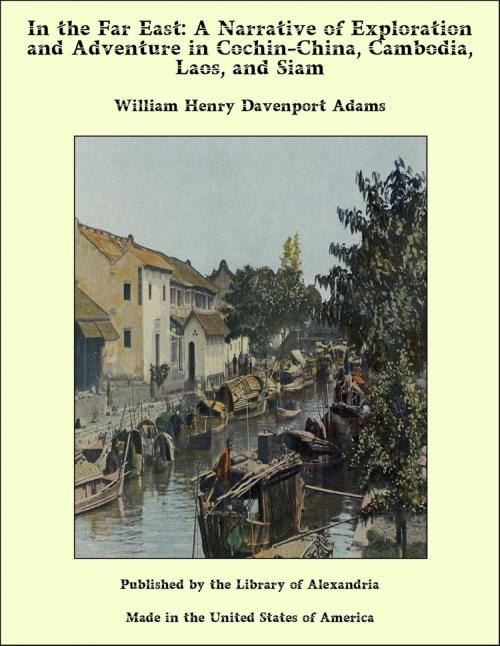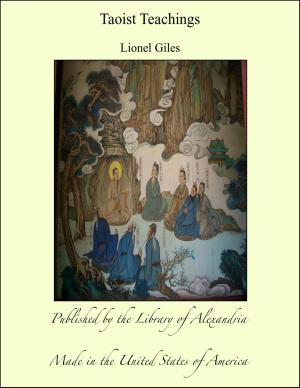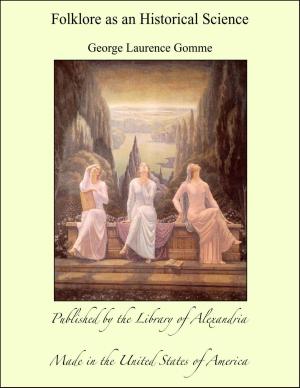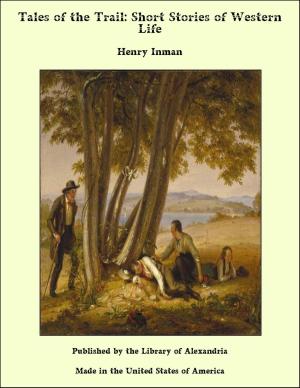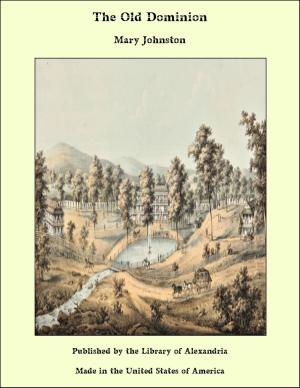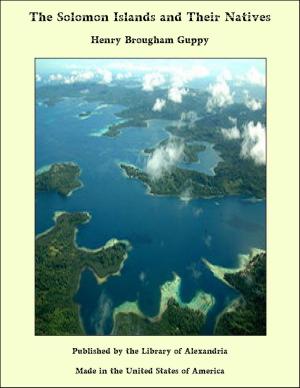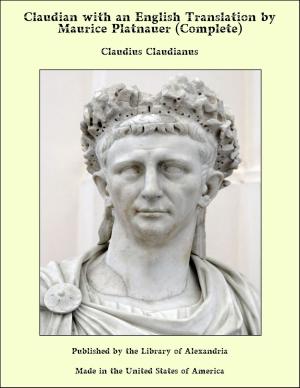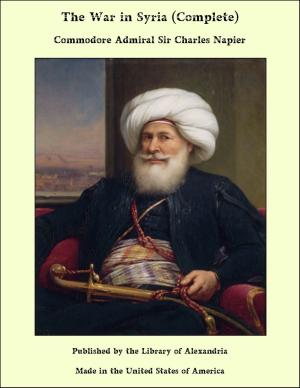In the Far East: A Narrative of Exploration and Adventure in Cochin-China, Cambodia, Laos, and Siam
Nonfiction, Religion & Spirituality, New Age, History, Fiction & Literature| Author: | William Henry Davenport Adams | ISBN: | 9781465616463 |
| Publisher: | Library of Alexandria | Publication: | March 8, 2015 |
| Imprint: | Language: | English |
| Author: | William Henry Davenport Adams |
| ISBN: | 9781465616463 |
| Publisher: | Library of Alexandria |
| Publication: | March 8, 2015 |
| Imprint: | |
| Language: | English |
A CONSIDERABLE portion of the Indo-Chinese peninsula is occupied by the extensive country of Cambodia, or Camboja, known to the natives as Kan-pou-chi. It extends from lat. 8° 47′ to 15° N., along the basin of the Mekong, Makiang, or Cambodia river; and is bounded on the north by Laos; on the south, by the Gulf of Siam and the China Sea; on the east, by Cochin-China; and on the west, by Siam. Formerly it was independent; but since 1809 it has been included within the empire of Annam, except the province of Battabang, which belongs to the kingdom of Siam. But since the French established themselves at Saigon in 1858, and have gradually obtained a controlling power in Annam (or Cochin-China), their influence has also extended to Cambodia. The largest river of Cambodia, and of the whole Indo-Chinese peninsula, is the Mekong, Makiang, or Cambodia, which, rising in the mountains of China, under the name of the Lan-tsan-kiang, flows in a south-easterly direction across the province of Yunnan; thence, under the name of the Kiou-long, traverses the territory of Laos; and afterwards, as the Mekong, intersects Cambodia, dividing the Annam portion from that which belongs to Siam; separates into several branches, and finally falls into the China Sea, after a fertilizing course of about fifteen hundred miles. Its two principal mouths are those of the Japanese and Oubequum channels. There are several smaller mouths, however, the southernmost of which is situated in lat. 9° 30′ N., and long. 106° 20′ E. Very little was known of this great river until the French had made themselves masters of Saigon. It has since been explored in parts of its course by M. Mouhot, Lieutenant Garnier, and others. The country which it waters possesses many features of interest; and the scenery through which it flows is often of a romantic and beautiful character. The manners and customs of the people dwelling on its banks are not unworthy of consideration; and we propose, therefore, to carry the reader with us on a voyage up this magnificent stream,—penetrating, under the guidance of Lieutenant Garnier, into hitherto unexplored parts of Cambodia, and even into China itself.
A CONSIDERABLE portion of the Indo-Chinese peninsula is occupied by the extensive country of Cambodia, or Camboja, known to the natives as Kan-pou-chi. It extends from lat. 8° 47′ to 15° N., along the basin of the Mekong, Makiang, or Cambodia river; and is bounded on the north by Laos; on the south, by the Gulf of Siam and the China Sea; on the east, by Cochin-China; and on the west, by Siam. Formerly it was independent; but since 1809 it has been included within the empire of Annam, except the province of Battabang, which belongs to the kingdom of Siam. But since the French established themselves at Saigon in 1858, and have gradually obtained a controlling power in Annam (or Cochin-China), their influence has also extended to Cambodia. The largest river of Cambodia, and of the whole Indo-Chinese peninsula, is the Mekong, Makiang, or Cambodia, which, rising in the mountains of China, under the name of the Lan-tsan-kiang, flows in a south-easterly direction across the province of Yunnan; thence, under the name of the Kiou-long, traverses the territory of Laos; and afterwards, as the Mekong, intersects Cambodia, dividing the Annam portion from that which belongs to Siam; separates into several branches, and finally falls into the China Sea, after a fertilizing course of about fifteen hundred miles. Its two principal mouths are those of the Japanese and Oubequum channels. There are several smaller mouths, however, the southernmost of which is situated in lat. 9° 30′ N., and long. 106° 20′ E. Very little was known of this great river until the French had made themselves masters of Saigon. It has since been explored in parts of its course by M. Mouhot, Lieutenant Garnier, and others. The country which it waters possesses many features of interest; and the scenery through which it flows is often of a romantic and beautiful character. The manners and customs of the people dwelling on its banks are not unworthy of consideration; and we propose, therefore, to carry the reader with us on a voyage up this magnificent stream,—penetrating, under the guidance of Lieutenant Garnier, into hitherto unexplored parts of Cambodia, and even into China itself.
